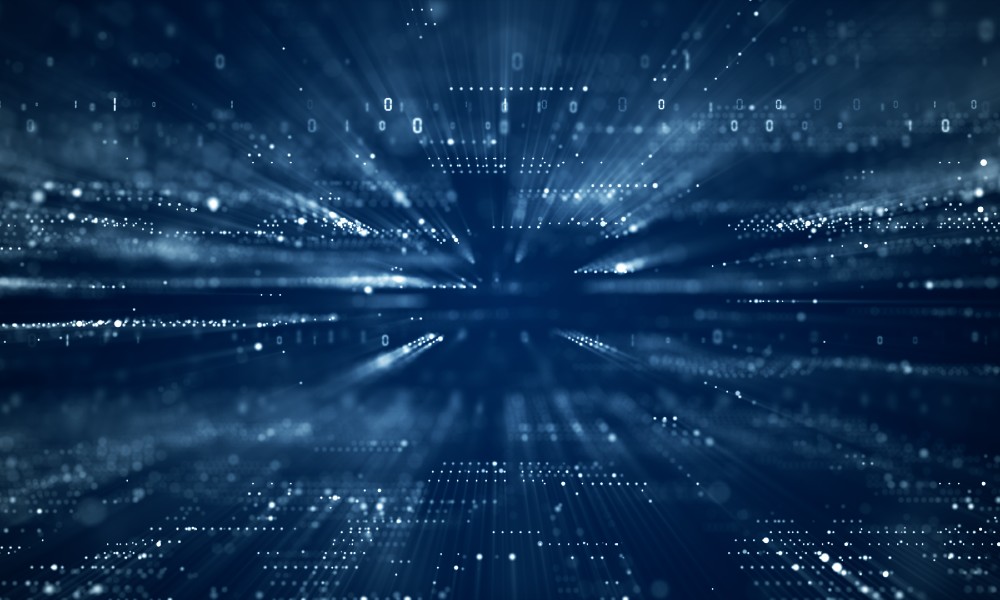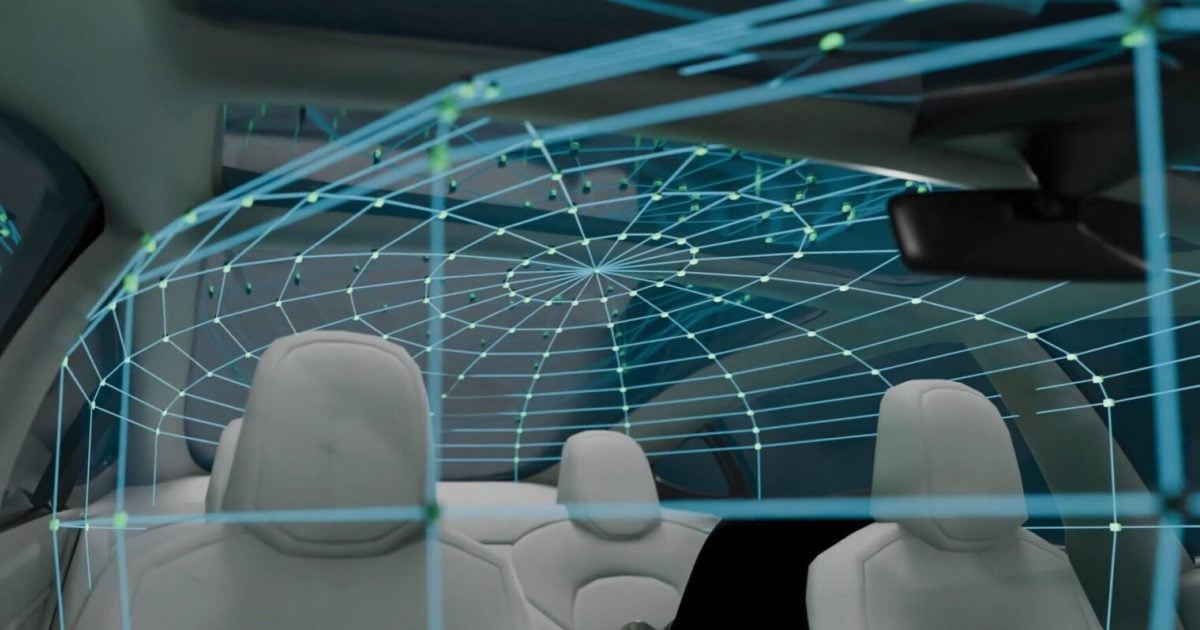
The concept of Digital Twin technology was first pioneered in 2002 and today represents a market worth USD 3.1 billion in 2020, with some analysts pegging the value of the market at USD 48.2 billion by 2026, at a CAGR of 58 percent, as recent innovations and advancements in AI, IoT, edge computing and networking make it possible to dramatically impact business outcomes.
Many enterprises, specifically in the manufacturing industry, are scrambling to adopt and leverage the technology, or at least learn more about it.
Last week, two top experts in the field virtually came face-to-face in the "Digital Twin SMACKDOWN" in the first episode of ZEDEDA's Transform Digest series, where leaders from across industries are coming together for in-depth discussions on topics from ZEDEDA's annual Transform event. Transform 2021 brought together over 75 experts from across the edge computing and IoT landscape together in over 30 sessions over two days.
Hosted by Jason Shepherd, VP of Ecosystem at ZEDEDA, the panelists included Rob Tiffany, VP and Head of IoT Strategy at Ericsson, and Aaron Allsbrook, Founder and CTO of ClearBlade. The event "pit" the two against each other as they answered questions regarding the current and future state of digital twin technology.
Shepherd, himself a pioneer in IoT and edge computing, opened the discussion with a simple question, asking the two panelists for their definition of a Digital Twin.
"I specifically have looked for definitions, and I like Deloitte's take," said Allsbrook. "Deloitte describes the edge as an evolving digital profile with historical and current behavior of a physical object or process that ultimately optimizes business processes."
"The reason we call it a Digital Twin is that the digital version reflects the performance of a physical thing," said Tiffany. "It's a car. It's a machine that makes other machines. It's a plane. It's a jet engine. It's got a lot of attributes and properties, with a digital version of that same thing, with rows and columns of data, renderings, and scenarios."
With those definitions in place, Shepherd immediately turned the discussion towards the future, asking the panelists if they thought Digital Twins in the future would rely more on physical (e.g., IoT telemetry) or synthetic (e.g., simulated via CAD) data.
"Synthetic data will absolutely be part of it because it will come from these other types of raw sensors, video, and audio and spectrum and such," said Allsbrook, taking the first round. "But in general, if it goes into all synthetic data that's purely generated, I feel like we've lost the spirit again, other than maybe validating some product kind of capability."
Shepherd then asked the panelists about Augmented Reality (AR) and which AR applications they would consider qualifying as Digital Twin technology.
Tiffany took the second round, saying, "I see a lot of people jump in and say digital twins means VR. Goggles on. I hear people say AR, but that is just a view of the source data. The twin is the structure and the data, the current latest state of the data, and all the historical data. It's not just AR or VR."
Shepherd then pivoted the discussion back towards Digital Twin basics, asking about what major challenges lie ahead for adoption.
"When I look at the problem, it's getting the data [from the physical world] and figuring out how to understand it because it doesn't come back pretty most of the time," said Allsbrook. "There are important selections of hardware, sensors, protocols, and networking. There's a cellular bill or a satellite bill. Some companies have invested in all of that but still haven't optimized the potential of Digital Twin technology."
Shepherd then asked the panelists about their thoughts on upcoming standards for Digital Twin technology, and both Tiffany and Allsbrook gave winning answers in this round of the smackdown.
"Turns out there are hundreds of standards and, to be successful, you have to play ball with all of them. There's different data formats, wired protocols, structures, all kinds of stuff," said Tiffany. "And the folks who are successful must work with a lot of them, especially in the industrial world. There's hundreds of bizarre wired protocols that people have never heard of."
"If you're going to be successful in picking a Digital Twin and transformation strategy, you must look at having a strategy that will talk all existing protocols then very rapidly talk new protocols," said Allsbrook. "Knowing how to normalize that data each time it comes through from wherever it comes from is essential. That's just the reality of making Digital Twin solutions successful."
Shepherd wrapped the discussion up with a final Q&A question from the viewing audience, asking the panelists about scalability issues relating to Digital Twin technology.
"There are a lot of techniques," Tiffany summarized. "I learned the most about building scalable systems by building financial trading systems. You have to monitor and log every aspect of the system as things are flowing through to find bottlenecks and address those for real-time Digital Twin innovations to work."
To watch the full discussion, click here.
Edited by
Luke Bellos





